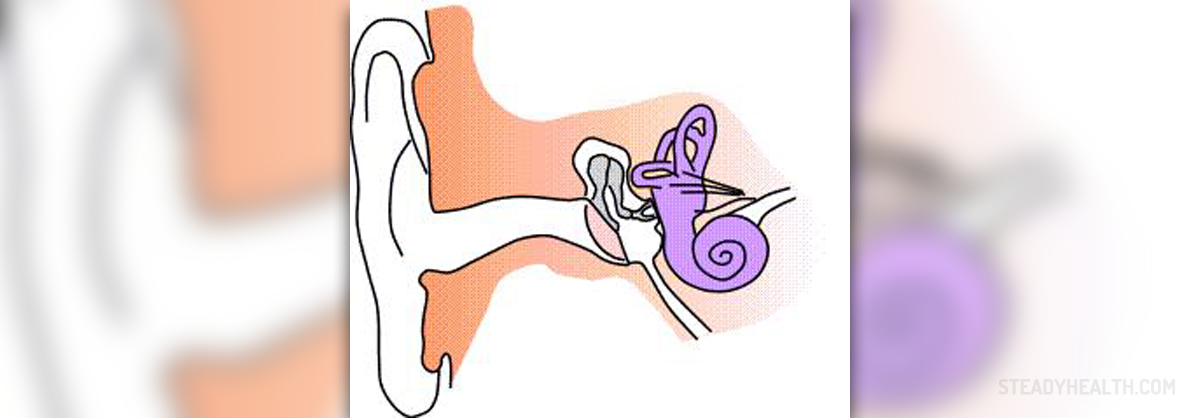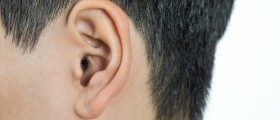
Single-sided deafness disability occurs when there is normal hearing in one ear while impairment occurs in other ear. This condition is also known as unilateral hearing loss and it usually occurs suddenly. In most cases, single-sided deafness occurs when sounds cannot reach the working inner ear. This may happen due to various reasons. Even though it may sound strange, single-sided deafness disability isn’t such a rare phenomenon. Scientific studies have found that between 6 and 12 schoolchildren per thousand have had some forms of single-sided deafness. This means that about 391,000 school-aged children in the United States had unilateral hearing loss. In United Kingdom, about 9,000 new cases of Single-sided deafness are diagnosed each year.
What are the symptoms of single-sided deafness?
In most cases, symptoms of single-sided deafness include problems with hearing on impaired side, localized sound, and problems to understand speech in the presence of any background noise. In quiet conditions, people will be able to distinguish spoken language but in noisy environments speech discrimination varies individually and ranges from mild to severe. The exact nature of symptoms depends on the cause. Some people may have problems in determining the proper direction of sounds, while most of the affected individuals complain about inability to distinguish background noise from target sounds. These symptoms do not sound very serious, but most people affected with single-sided deafness are having serious troubles in everyday activities. For example, it may become very challenging for these individuals to cross the street safely or to engage in group conversations. Unfortunately, for many of these individuals, the feelings of social exclusion and isolation are also becoming a problem.
What causes single-sided deafness?
As already mentioned, single-sided deafness occurs when sounds cannot reach the working inner ear. In most cases, single-sided deafness occurs due to some kind of ear damage. When this happens, the nerve impulses, which normally send information to the brain, are not receiving any kind of input. Very often this happens because of a physical damage to the ear, following a head injury, for example. Many ear problems, including viral or bacterial infections, can cause the obstruction, too. Any kind of pressure on the hearing nerve, tumors in the ear or brain, measles, mumps and meningitis, can also cause single-sided deafness. The condition may also develop because of the problems in circulatory system or along with severe cases of Meniere's disease. Meniere's disease involves accumulation of fluid in the inner ear, which disturbs hearing and balance mechanisms.

















Your thoughts on this
Loading...